The 700c wheel has become the standard size for modern road bicycles, as well as a preferred choice for gravel, touring, and commuting 700c bikes. Its popularity is rooted in the balance it offers between speed, efficiency, and versatility. Yet, while the wheel diameter is standardized, the performance of a 700c wheel can vary dramatically depending on the material and construction of the rim. For cyclists, understanding how rim design influences durability and weight is essential when choosing wheels that match their riding style and goals.
The Role of Rim Material
The rim material sets the foundation for how a wheel behaves under load, how much it weighs, and how long it will last. Aluminum and carbon fiber are the two dominant materials used in 700c rims, each with distinct advantages and trade-offs.
Aluminum rims remain the most widespread option in the cycling world. Their popularity stems from a combination of practicality and performance. Aluminum offers a balance of lightness and strength, ensuring that wheels remain relatively easy to handle while still durable enough for everyday use. For commuters, touring cyclists, and endurance riders, aluminum rims provide consistent reliability at a lower cost than carbon fiber. They also withstand impacts well, meaning they are less likely to crack if subjected to sudden shocks, such as potholes or rough terrain. Additionally, aluminum rims are easier and more affordable to repair or replace, making them a practical choice for cyclists who value long-term serviceability.
Carbon fiber rims, on the other hand, represent the pinnacle of high-performance cycling technology. The chief benefit of carbon is its weight-saving potential. Because carbon fiber has a higher strength-to-weight ratio than aluminum, it allows manufacturers to produce rims that are both lighter and stiffer. This reduction in rotational mass is critical in competitive cycling, where faster acceleration and improved climbing efficiency translate into measurable advantages. Beyond weight savings, carbon enables complex aerodynamic shapes that aluminum cannot achieve, giving riders additional speed benefits at higher velocities. However, carbon rims demand a higher financial investment and require more careful handling. While modern carbon rims are stronger than earlier generations, they can still be vulnerable to cracking under extreme impacts, and repairs are often more complicated than with aluminum.
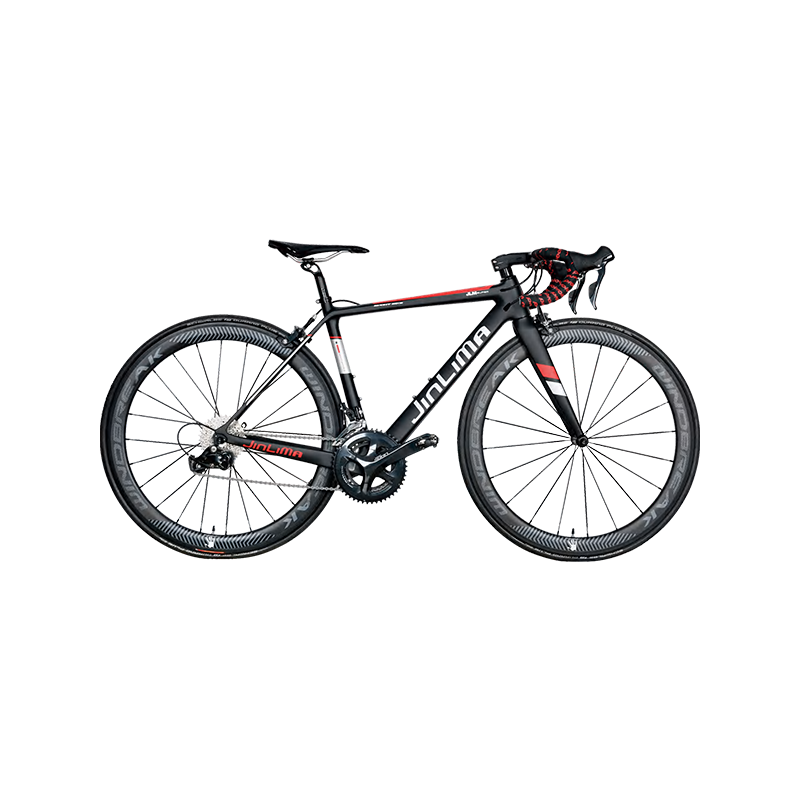
Rim Construction and Its Influence
Material choice alone does not determine how a 700c rim performs. The construction details—including rim profile, width, and structural reinforcement—are equally important in shaping a wheel’s behavior.
One of the most visible aspects of rim construction is profile depth. Deep-section rims, typically ranging from 40mm to 80mm in depth, provide increased stiffness and aerodynamic efficiency. These rims reduce drag, making them a common choice for racing and time trial events. However, deeper rims can also be heavier and more affected by crosswinds, which may compromise handling in certain conditions. Shallow-section rims, usually under 30mm in depth, prioritize comfort and compliance. Their lower stiffness allows them to absorb road vibrations more effectively, which is beneficial for endurance rides or rougher road surfaces.
Rim width has also become an increasingly important factor. Wider rims allow for the use of wider tires, which improve traction, stability, and rider comfort. When paired with modern tubeless systems, wide rims can deliver lower rolling resistance and reduced risk of pinch flats. This evolution has been especially significant in gravel and endurance cycling, where stability and comfort outweigh the marginal aerodynamic gains of narrow rims.
Another critical detail is the reinforcement of spoke holes and joints. These structural elements determine how well the rim can handle stress over time. A rim with high-quality reinforcement distributes the load evenly across the wheel, reducing the risk of cracks or deformation. Spoke count and lacing pattern also play a role in durability. While racing wheels may prioritize fewer spokes for weight reduction, touring and commuting wheels often rely on higher spoke counts to withstand heavy loads and daily wear.
Balancing Durability and Weight
The central challenge in rim design is finding the right balance between durability and weight. A lighter wheel feels faster and more responsive, but reducing weight often comes at the expense of long-term toughness. On the other hand, a heavily reinforced rim may last longer and resist impacts better, but the additional mass can slow acceleration and make climbing more laborious.
For competitive riders, the performance benefits of carbon rims often outweigh their higher cost and maintenance demands. The weight savings, aerodynamic advantages, and stiffness make them a clear choice for racing scenarios. For commuters, gravel riders, or long-distance tourers, aluminum rims provide a more practical solution, offering dependable strength and serviceability without excessive expense.
Conclusion
Rim material and construction are fundamental to the performance of 700c wheels. Aluminum rims offer a dependable and cost-effective balance of durability and weight, making them versatile for everyday riding and long-distance travel. Carbon rims, meanwhile, deliver unmatched performance for those who prioritize speed, aerodynamics, and climbing efficiency. Construction features such as rim depth, width, spoke reinforcement, and joint quality further refine the performance, influencing comfort, stability, and longevity.
Ultimately, the choice depends on the rider’s priorities. For those seeking the lightest and fastest setup, carbon rims provide the edge needed in competitive cycling. For those who value resilience, affordability, and reliability, aluminum remains the trusted standard. In every case, the material and construction of the rim remain central to how a 700c wheel performs and endures over time.


 0
0


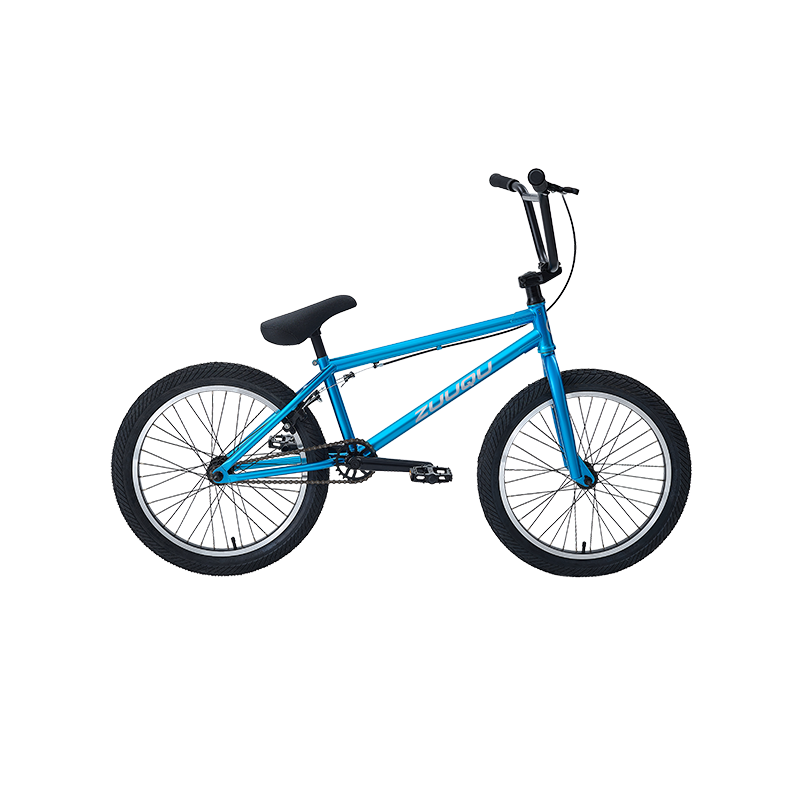

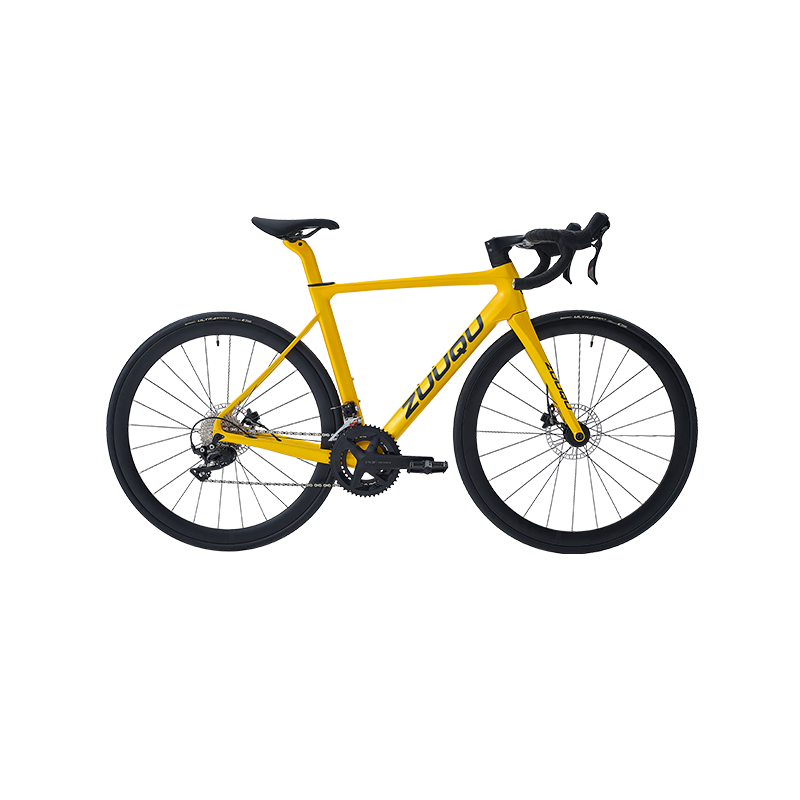

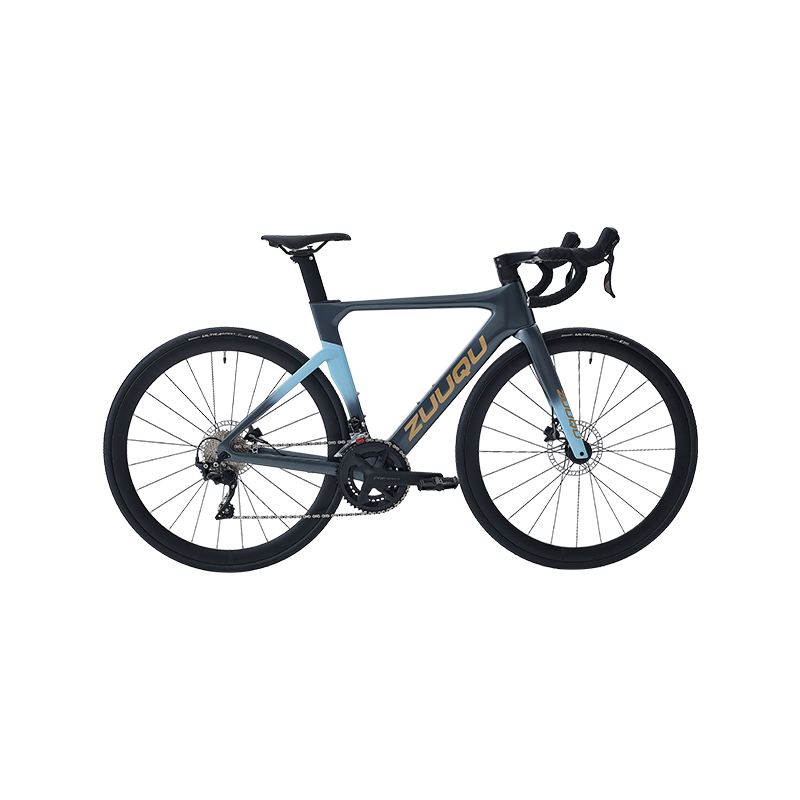
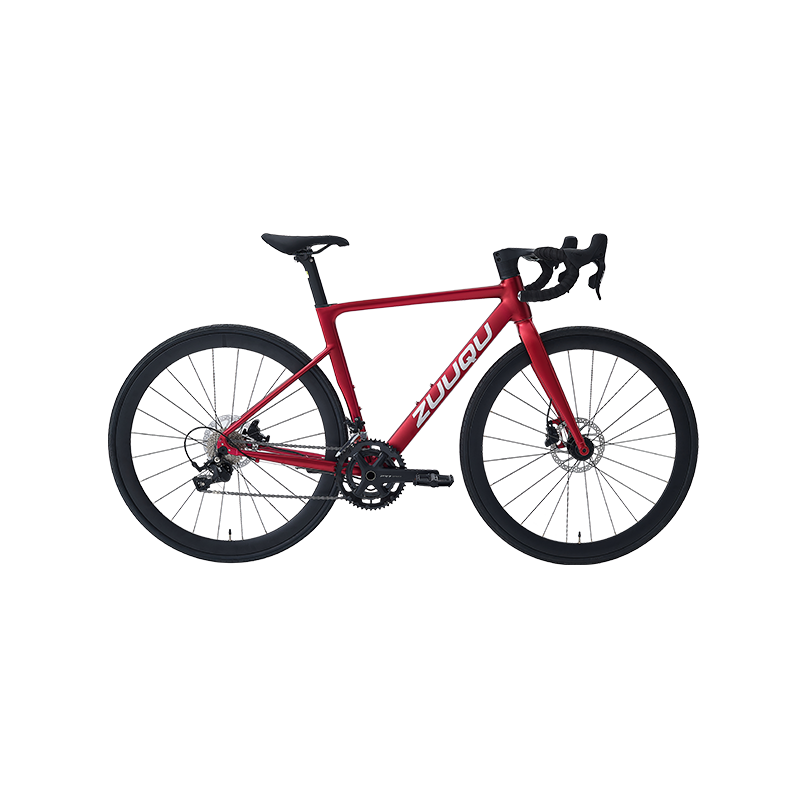
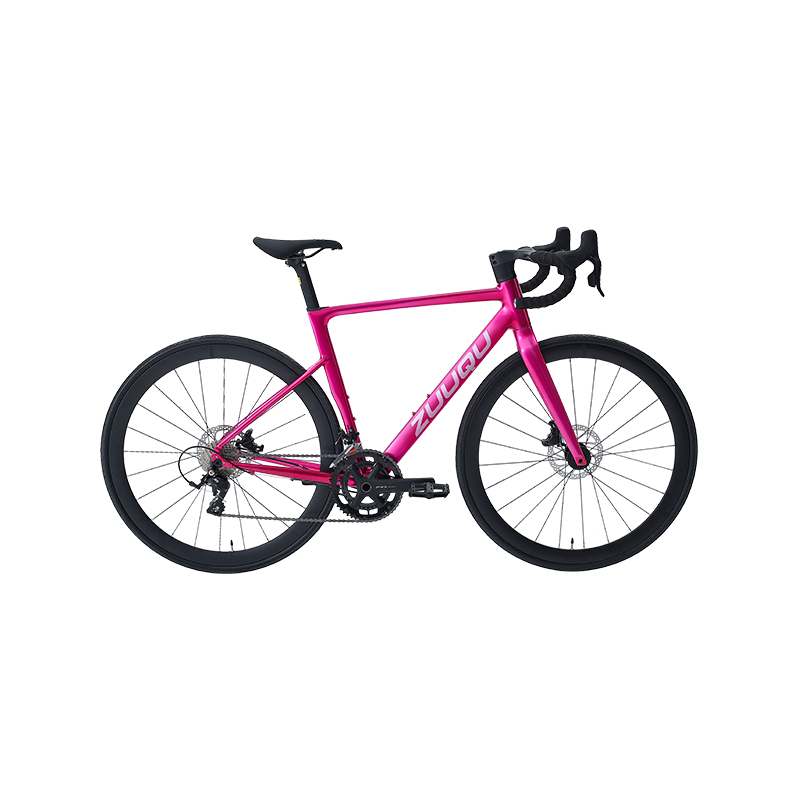
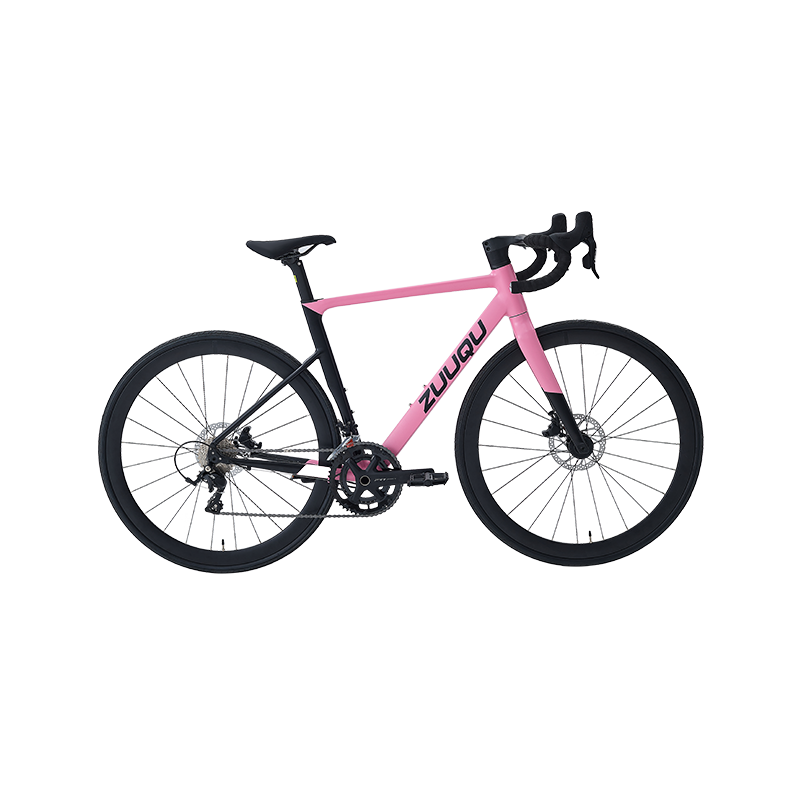
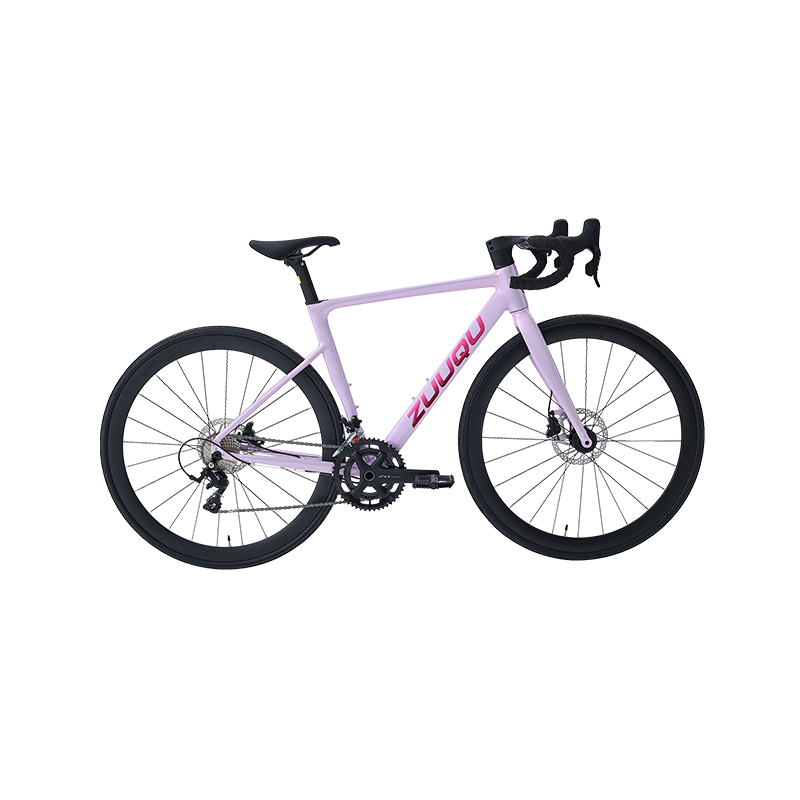
 Linhang industry park, Zhuji,
Linhang industry park, Zhuji,  +86-18858280688
+86-18858280688
